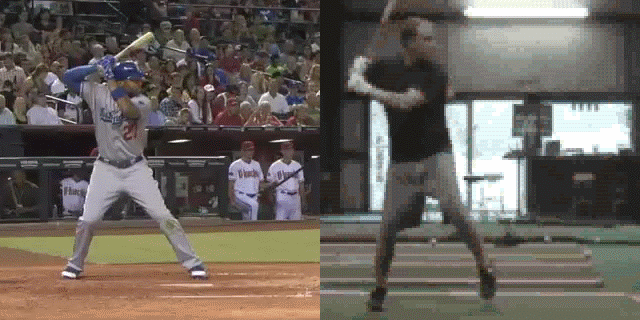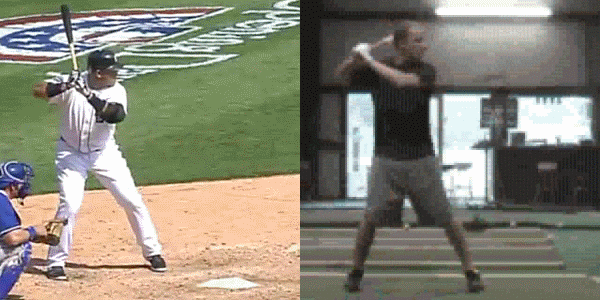- Jul 29, 2013
- 1,200
- 63
I didn't understand the part that says, "My weight is my left (rear) foot, as I start swinging,what part of "as I start swinging my weight shifts to my right (lead) foot did you not understand????
He didn't say "at contact my weight shifts to my right (lead) foot"....
the comma here is a grammatical thingy that divides the sentence into two separate ideas.
This might be the part that I understand:
my weight shifts to my right (lead) foot at the time of contact with the ball."
....when clearly, the video shows his rear foot off the ground before contact. He's not keeping his weight back. This it a guy who stood with his feet together. He's nothing but weight shift to the front leg! Lots of forward momentum!!!
It's the old, "believe none of what you hear and half of what you see."







